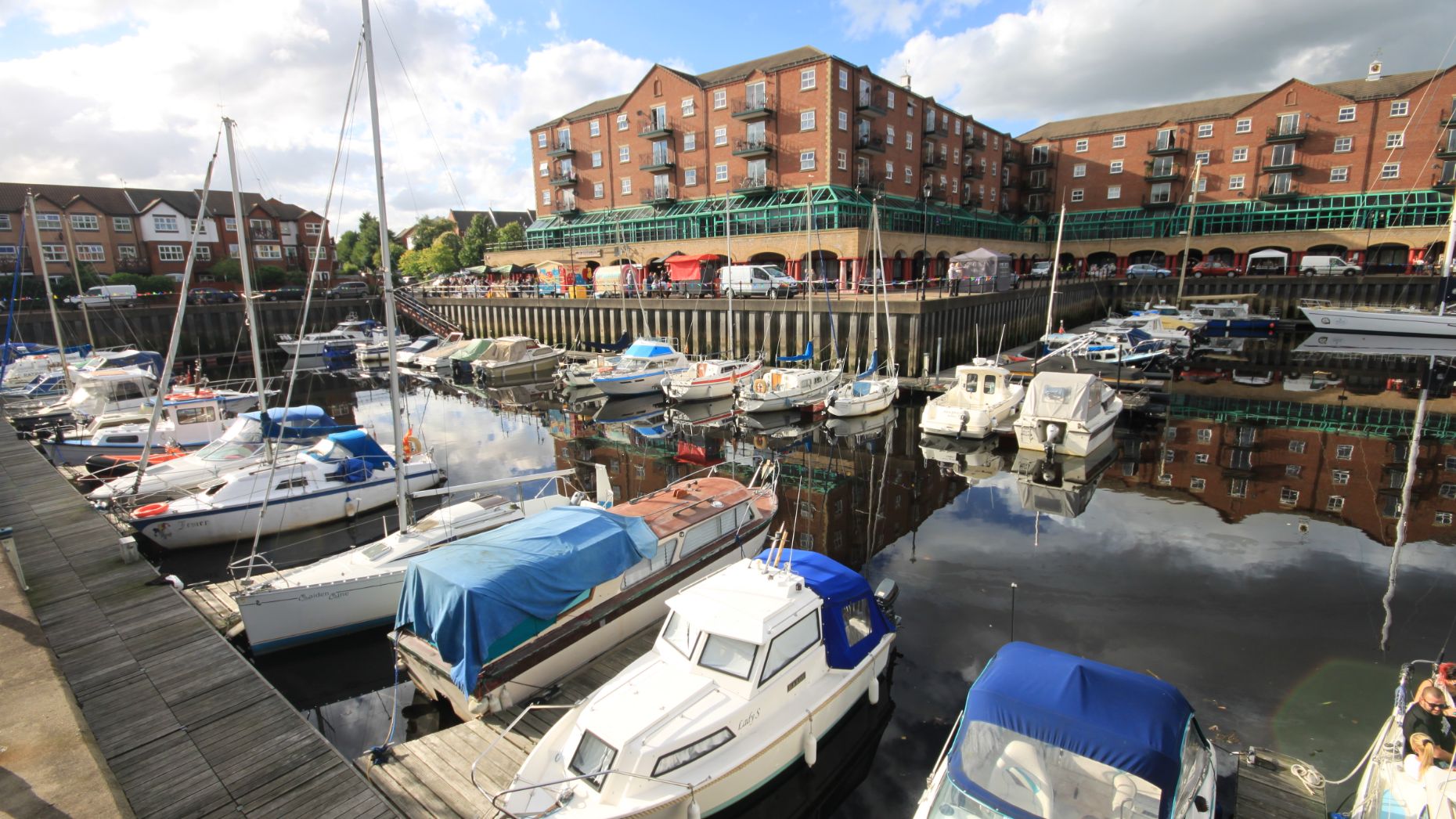News
St. Peter's historic Shipbuilding and Engine Works
Posted 27th July 2020
There was an operational shipyard at St. Peter’s by the 1750s, owned and run by William Rowe.
In 1804, 61 shipwrights (including 34 apprentices) worked at the yard and in that year, the largest graving dock on the Tyne was constructed there, capable of holding vessels with a draught of 12 feet. During the Napoleonic Wars, 12 vessels were constructed at the yard for the Admiralty.
In 1810, the St. Peter’s yard was sold to the Smiths. It became the largest yard on the river over the first half of the century. In 1851, the Smiths installed two large covered building berths, the first such structures on the Tyne. They were designed, and their fabrication at the yard supervised, by the Glasgow engineering firm Bell and Miller.
In one of the berths was constructed the largest wooden vessel ever produced on the river, the 2,500 ton, 245 feet long warship Carlo Alberta. Rail lines linked the covered berths, the dock and buildings beyond.
By the 1860s, the St. Peter’s Yard was less significant to the company and in 1871 was sold to R & W Hawthorn, who developed the site as a marine engineering works under the management of Francis Carr Marshall.
Fitting out the yard cost Hawthorn’s £27,146. This included the cost of a massive pair of shearlegs set up on the fitting out quay, where engines were installed. In 1886, R&W Hawthorn, Leslie and Co. was formed as a limited liability company. The graving dock and the covered berths were replaced by substantial structures which took up the middle portion of the yard. Cranes stood along the western half of the rationalised quayside. The rectilinear area on the western edge of the yard contained building slips, one angled obliquely to launch downriver.
By 1921, the yard had expanded to the north-west, with no remaining evidence for slipways in the old western area of the yard along the riverside. By 1907, Hawthorn’s St. Peter’s Works had been radically converted its production capabilities to meet Royal Navy requirements for steam turbines.
In 1977, the (now styled) Hawthorn, Leslie (Engineers) Ltd. became a member of British Shipbuilders. Later, the yard merged with George Clark & NEM Ltd to form Clark Hawthorn Ltd. The yard continued to build engines up until the 1980s when it was reformed as Clark Kincaid, a crane manufactory. In the 1980's the yard was demolished and the site now lies within the St Peter’s Basin residential development and today's substantial St. Peter's Marina.
Source: Sitelines Project, Newcastle City Council
